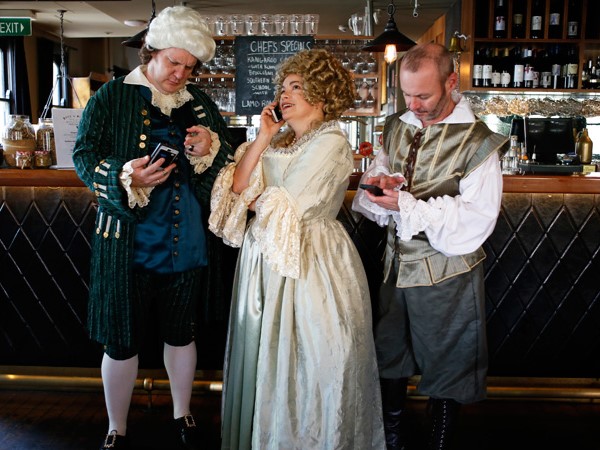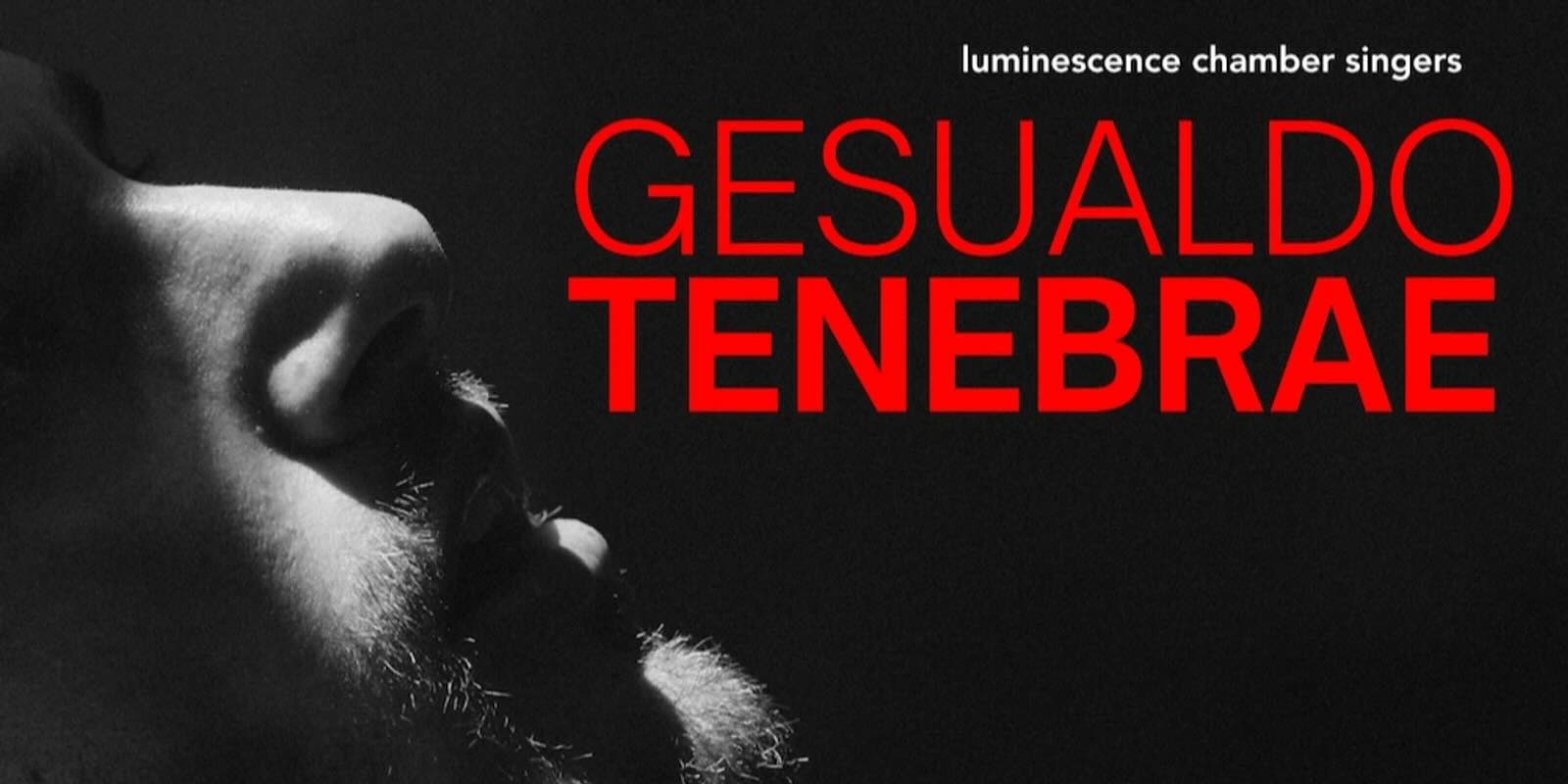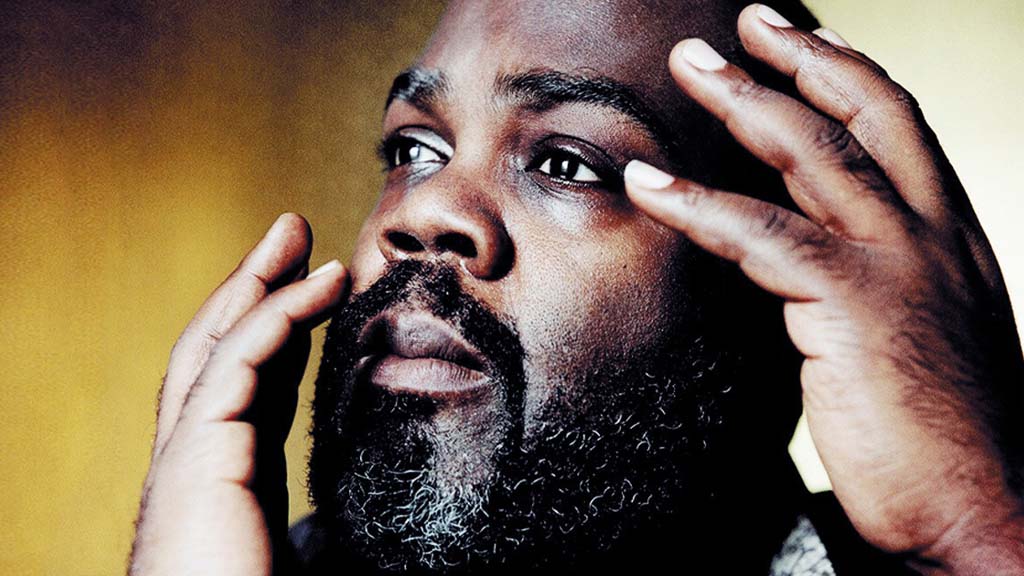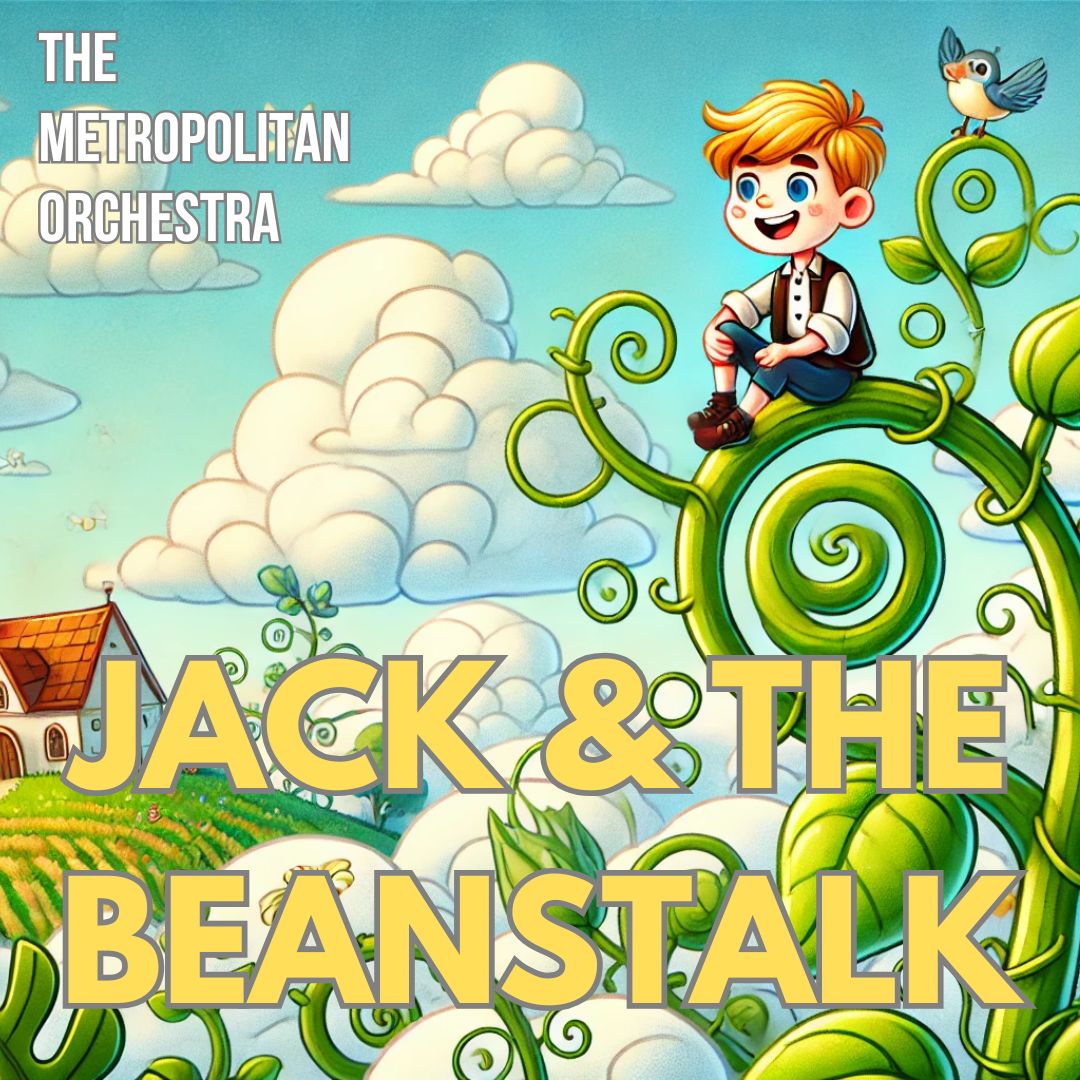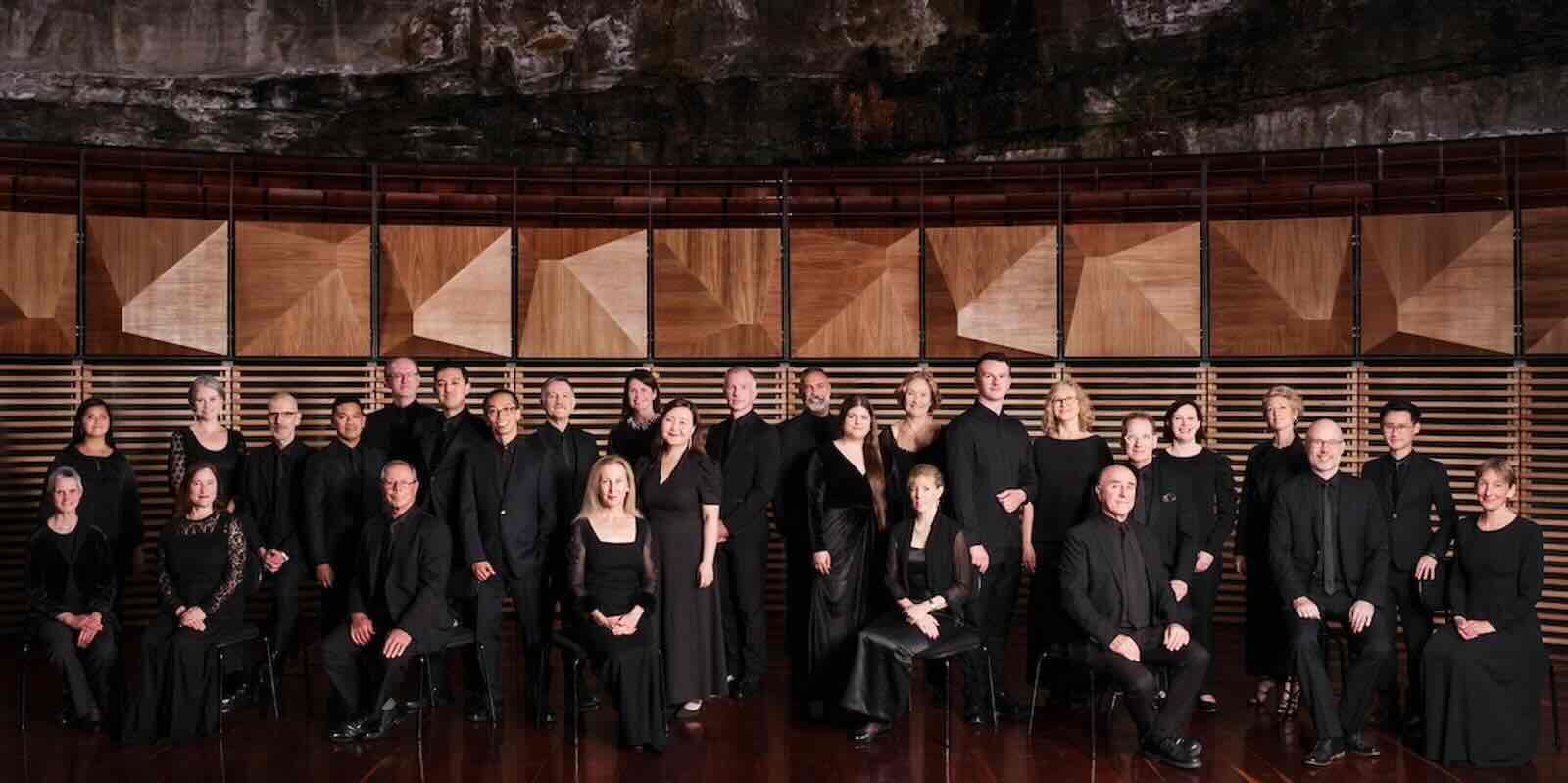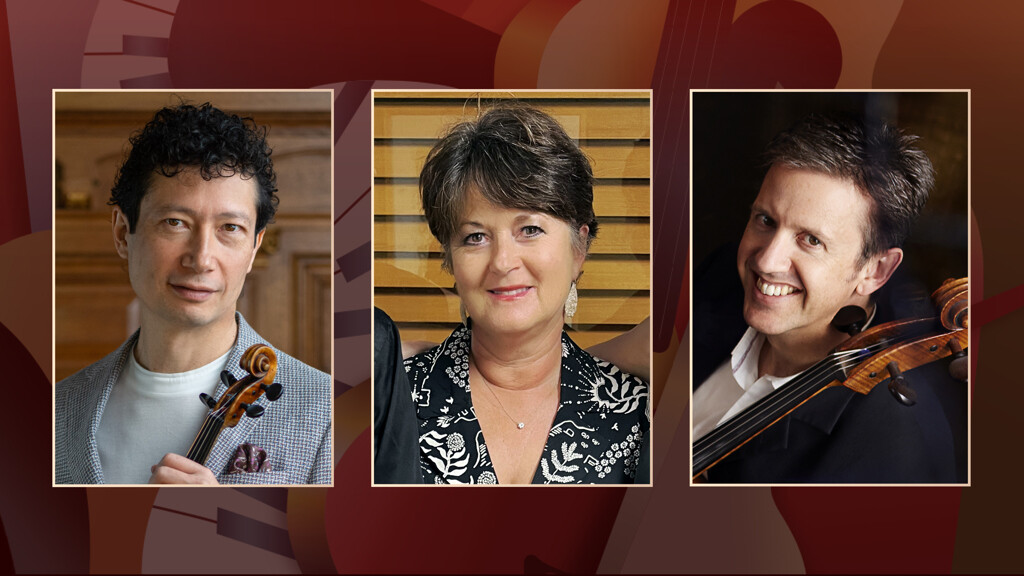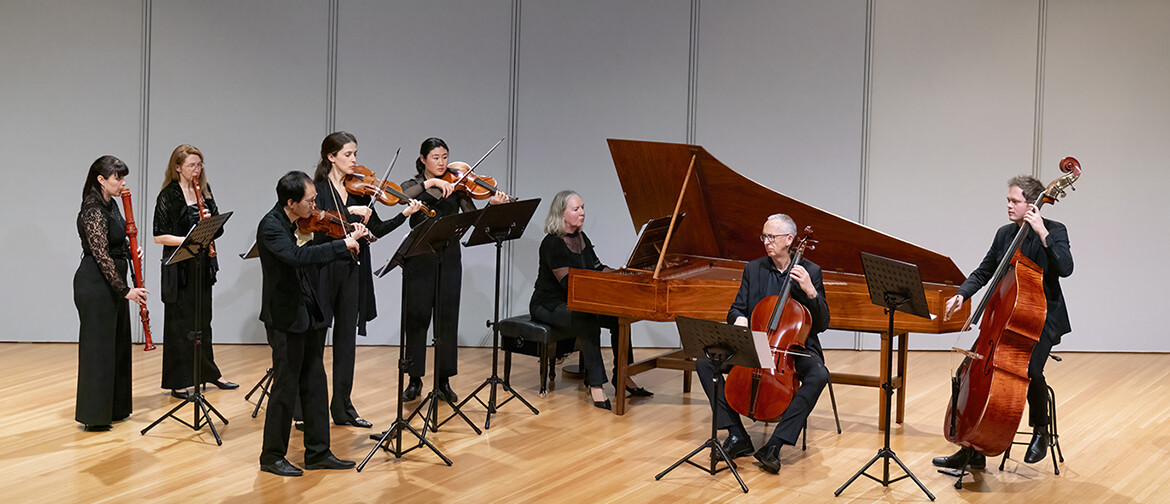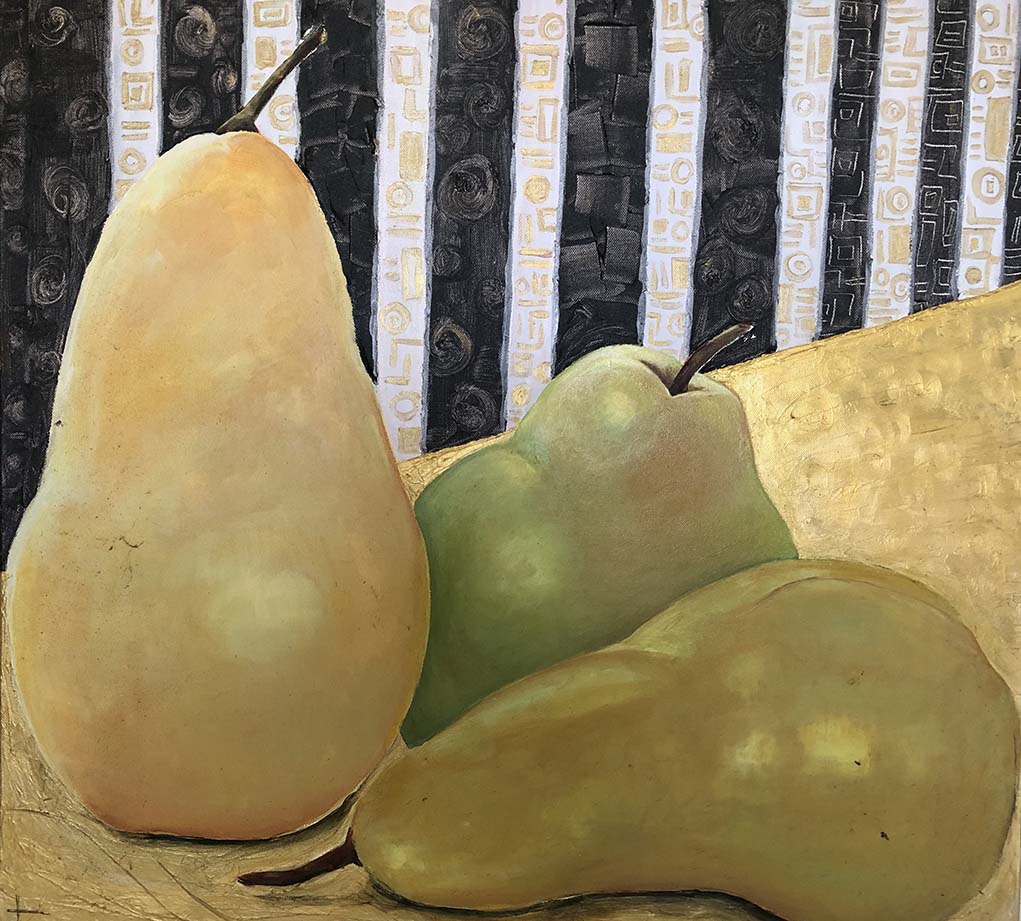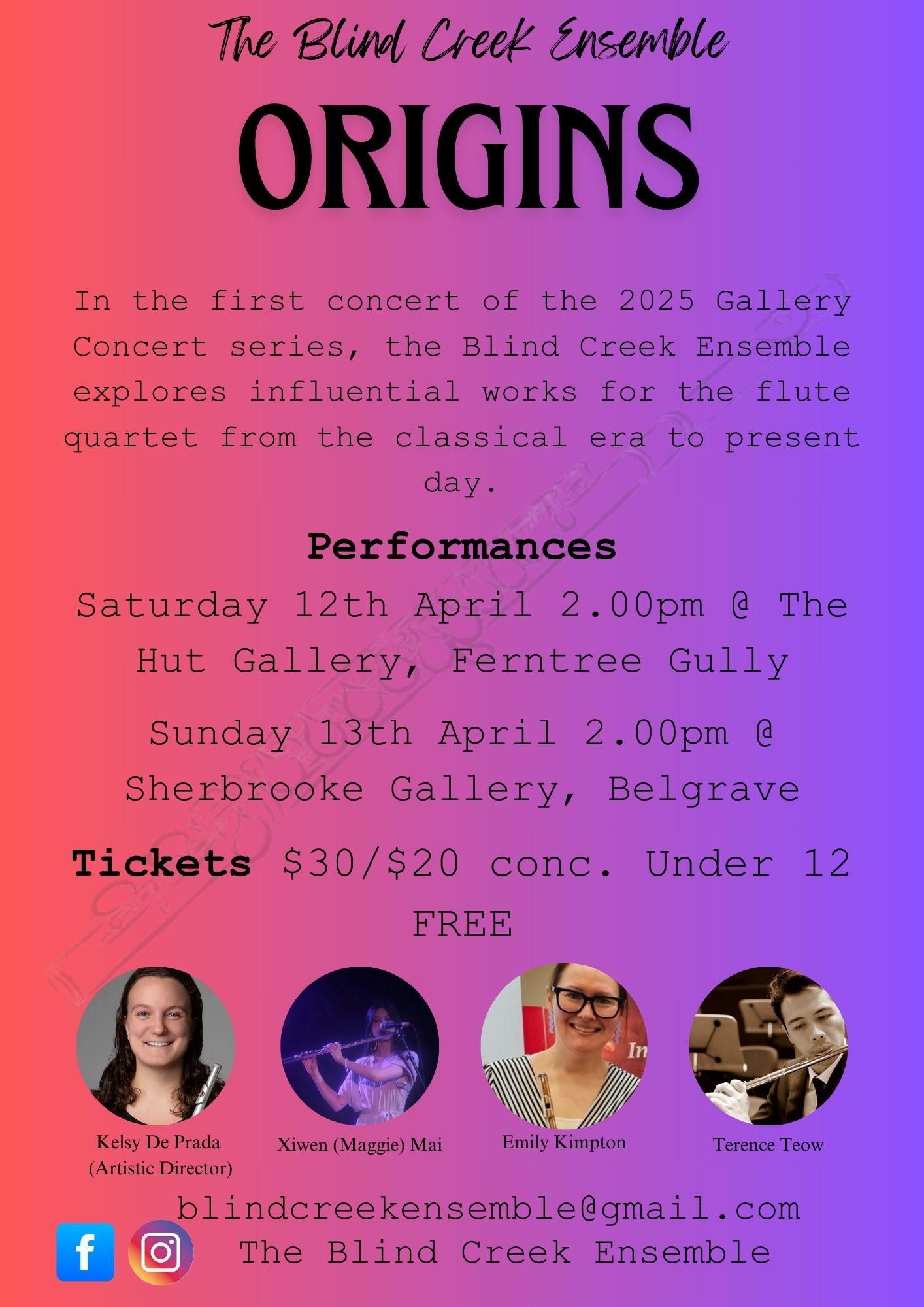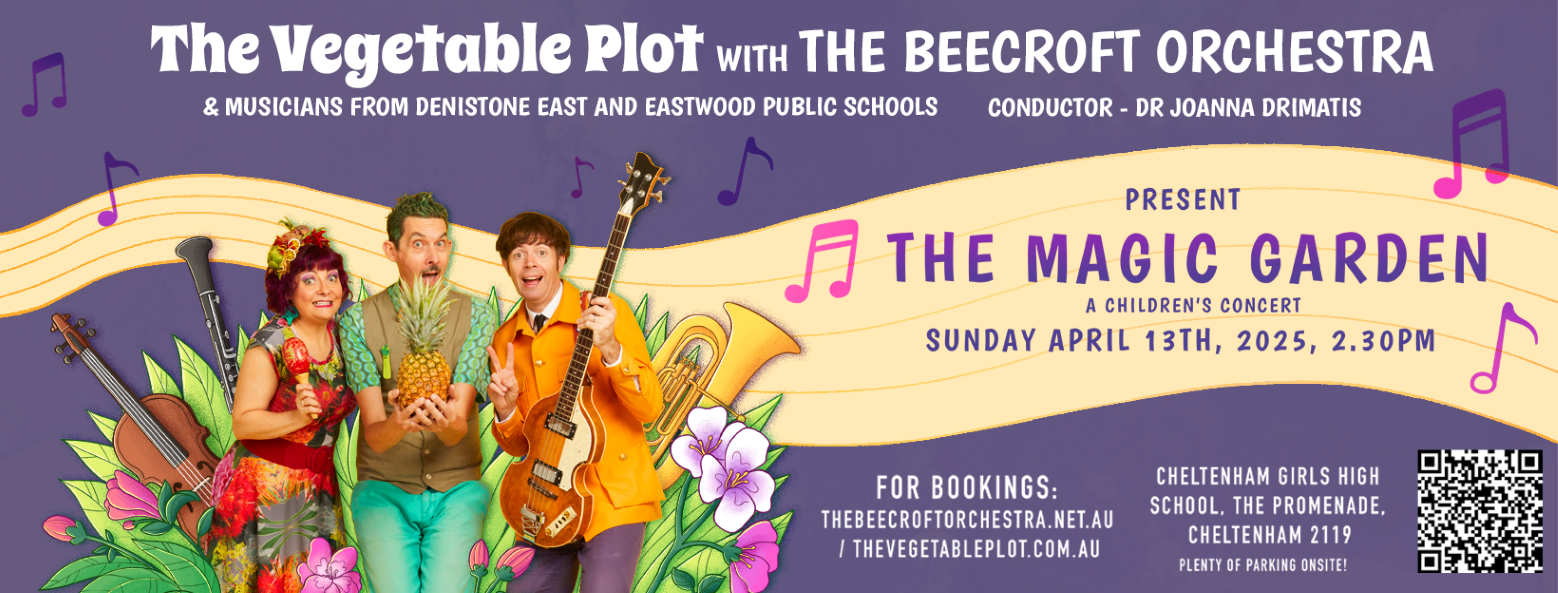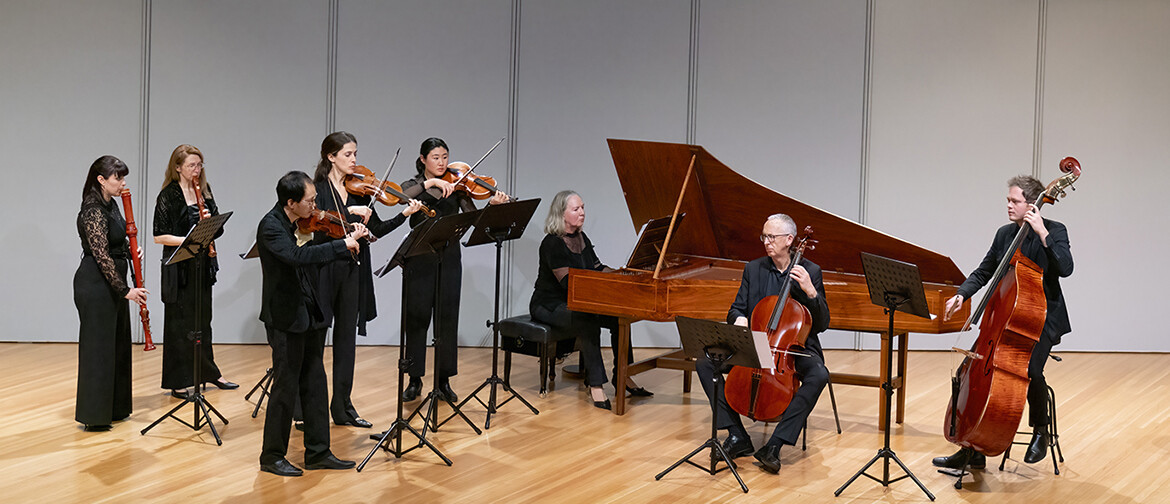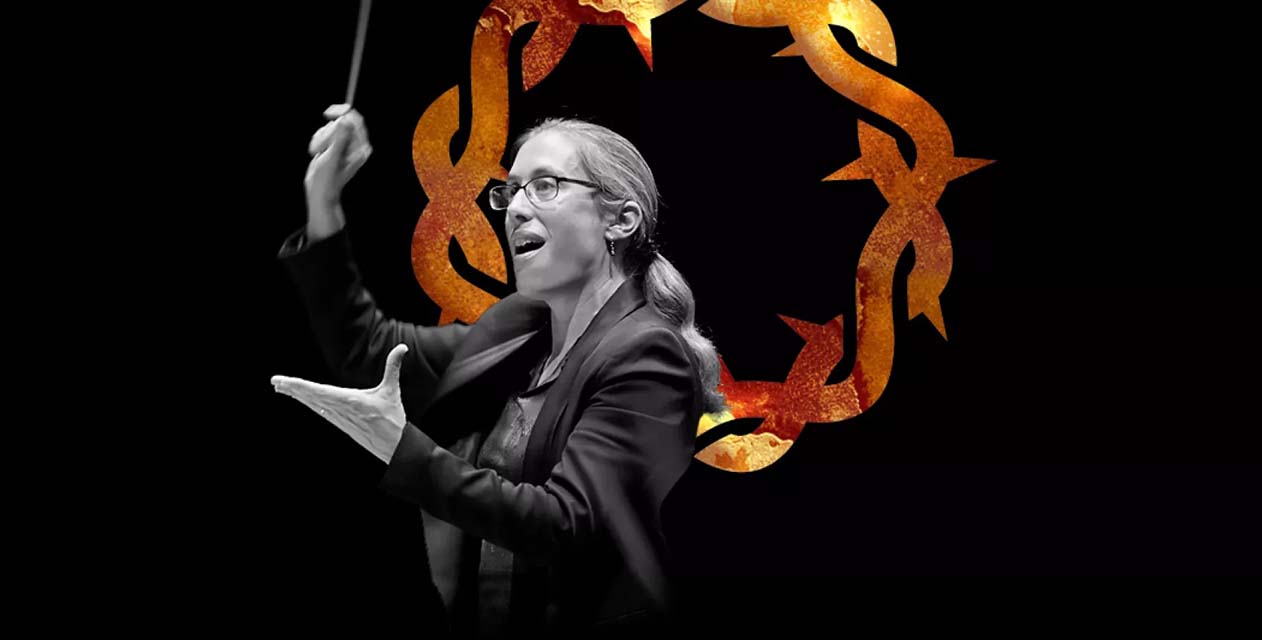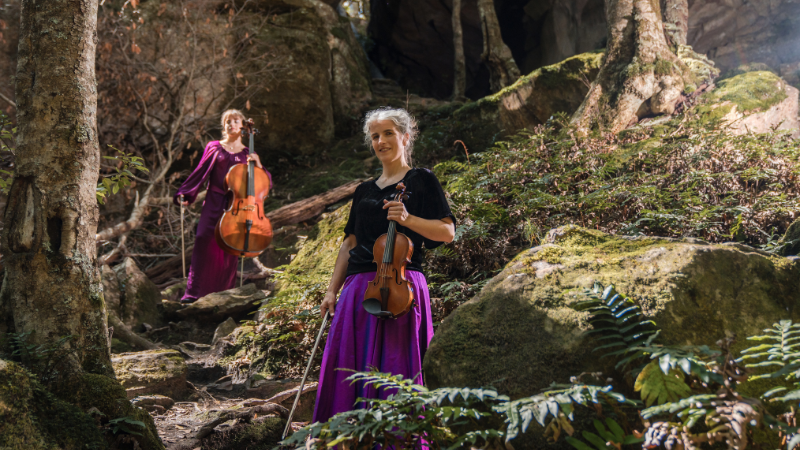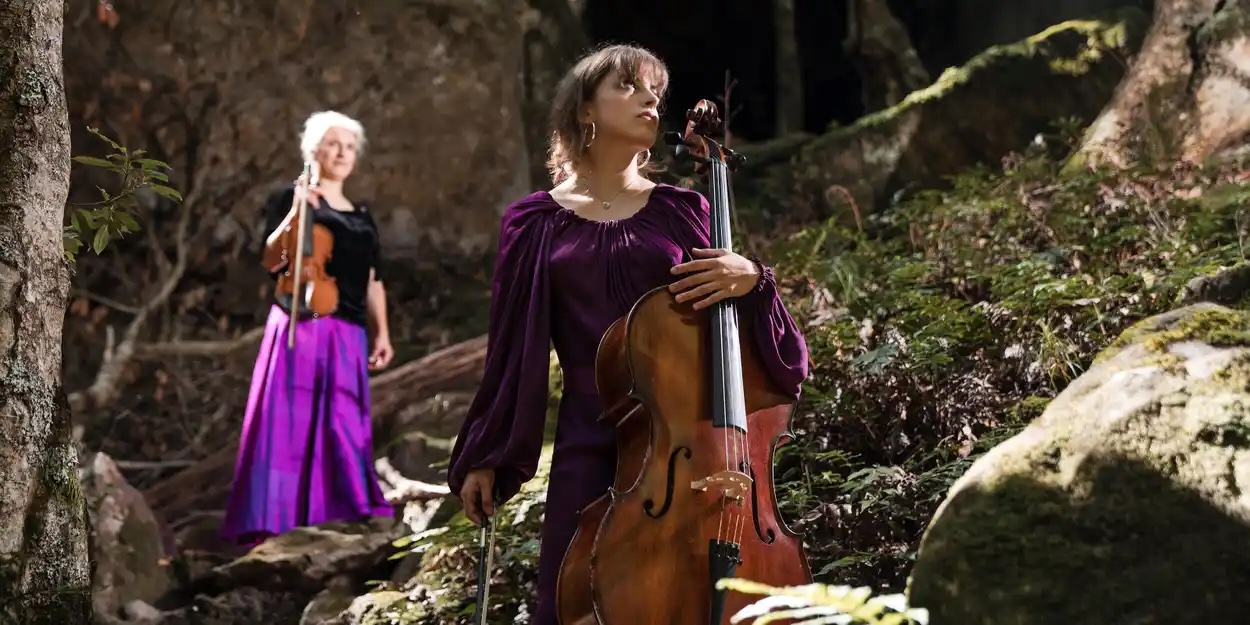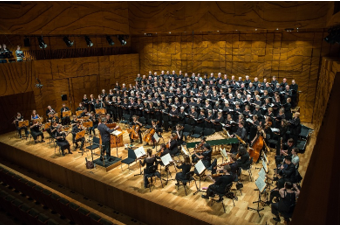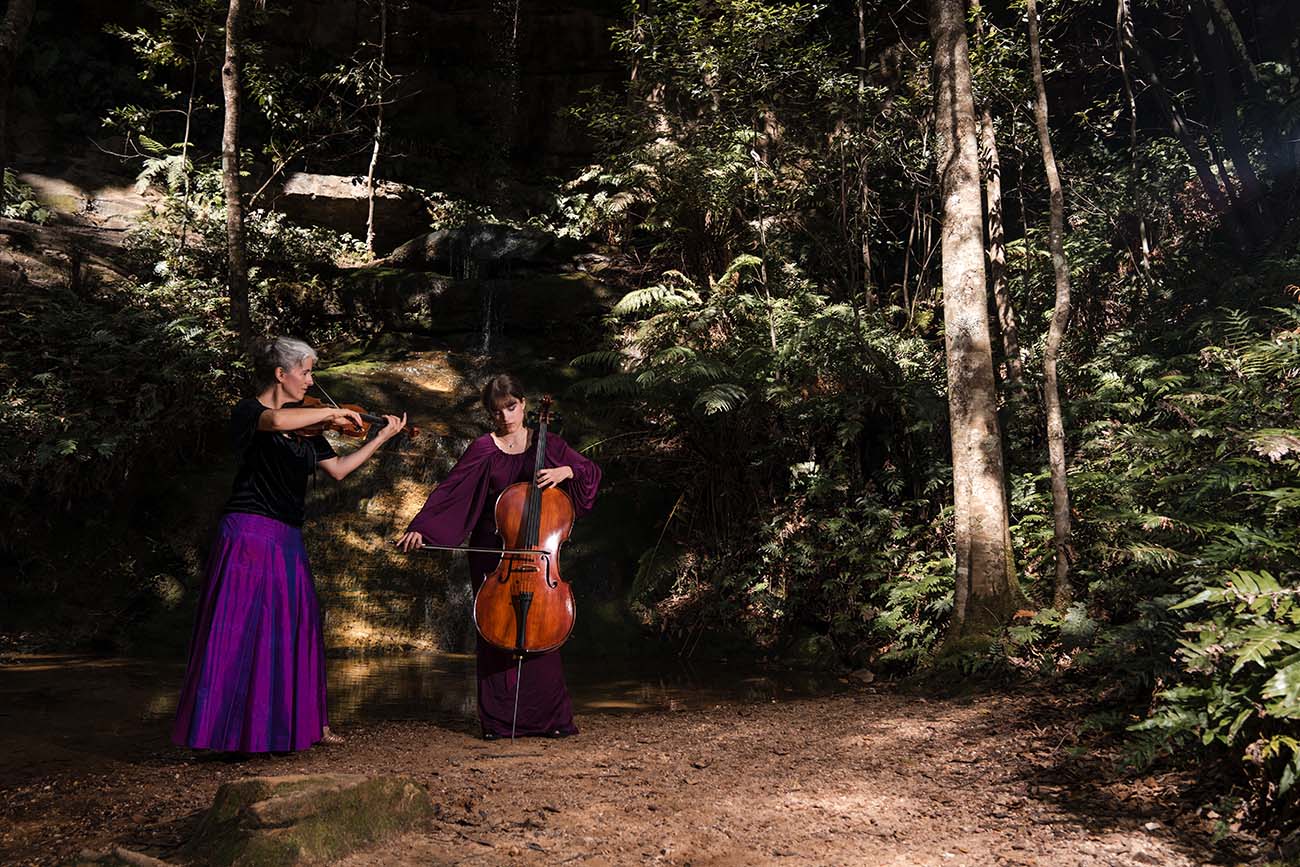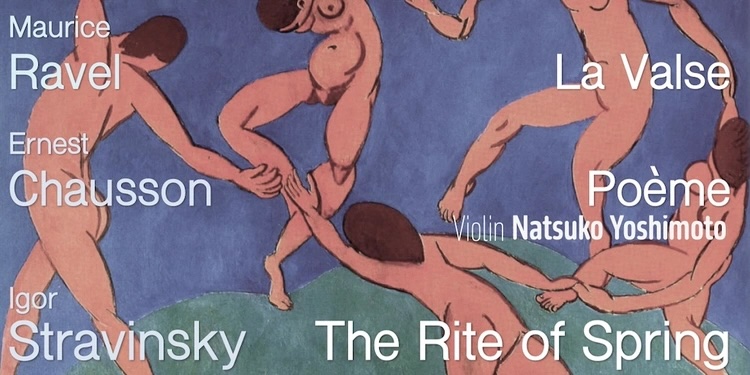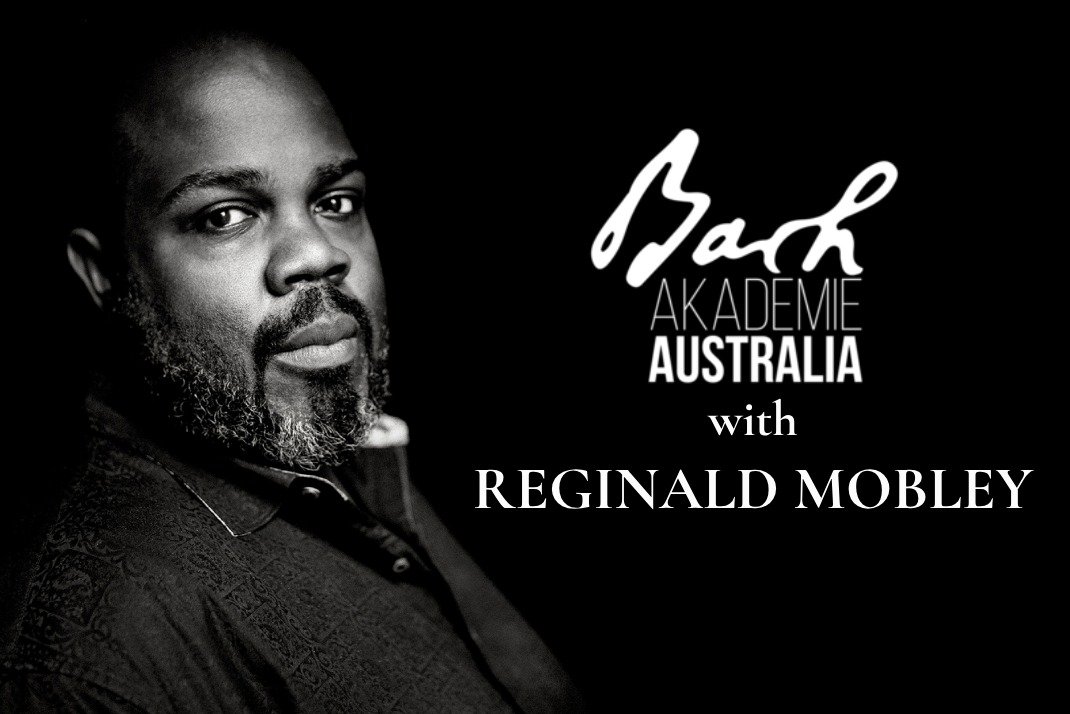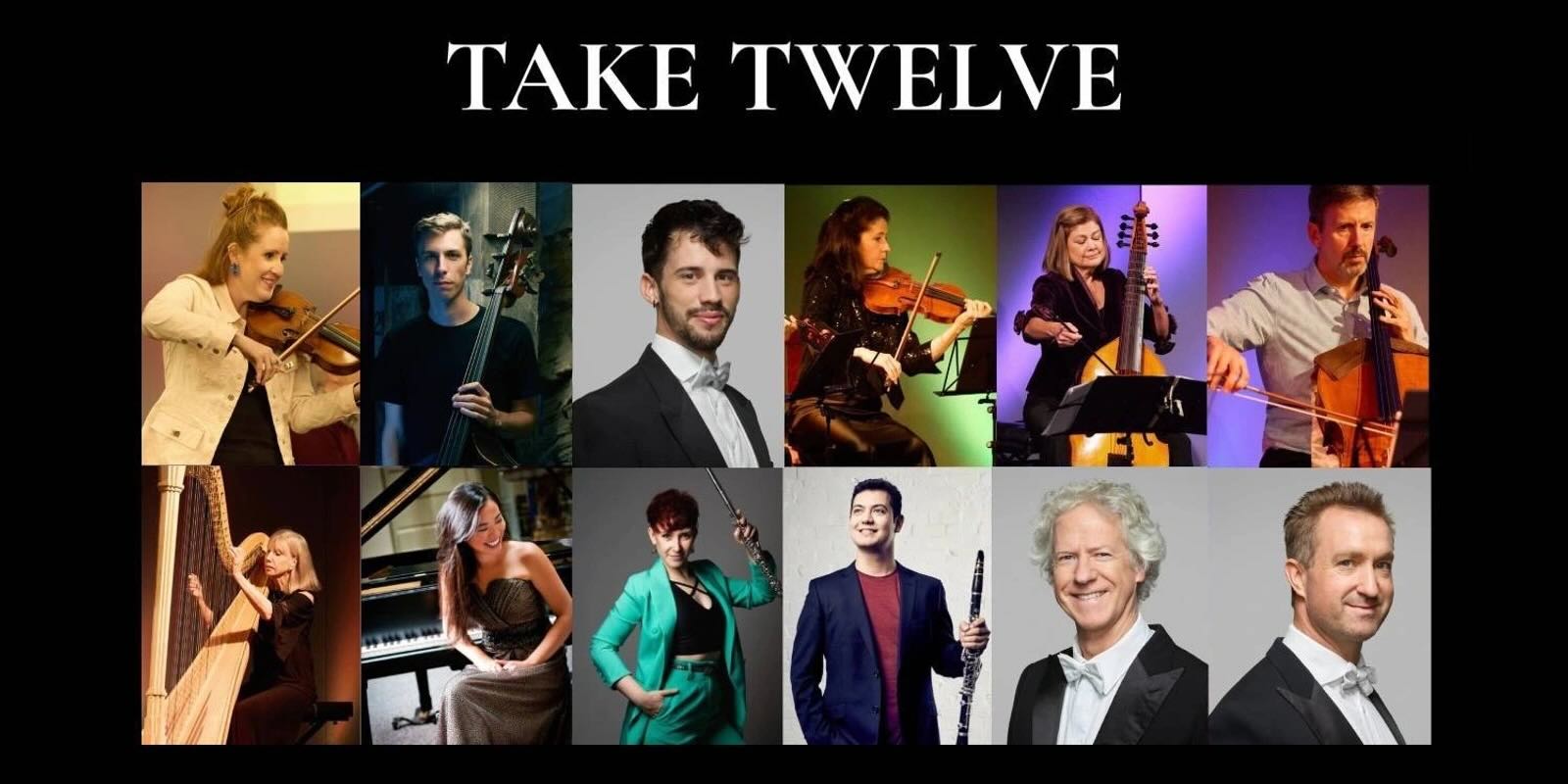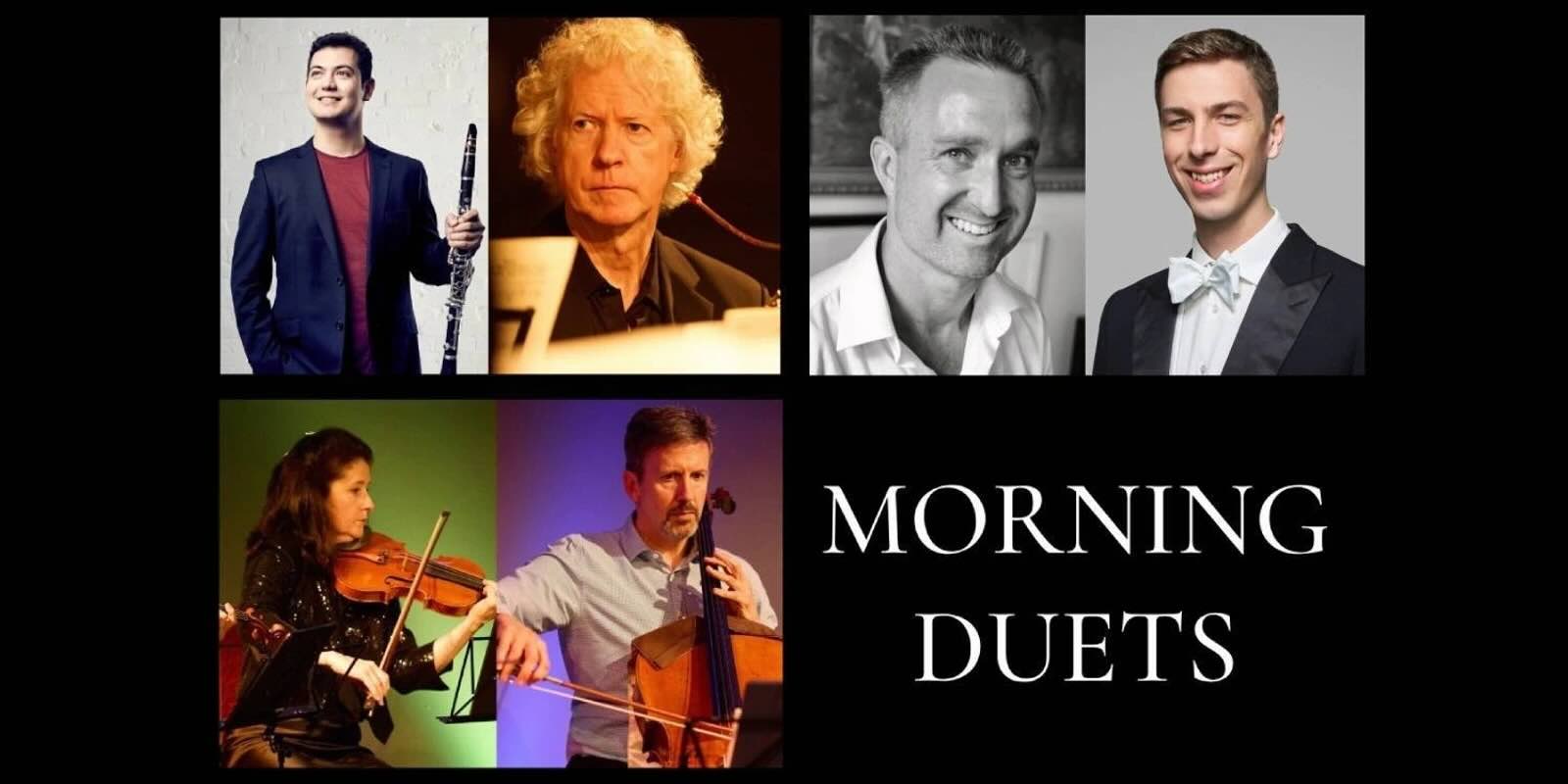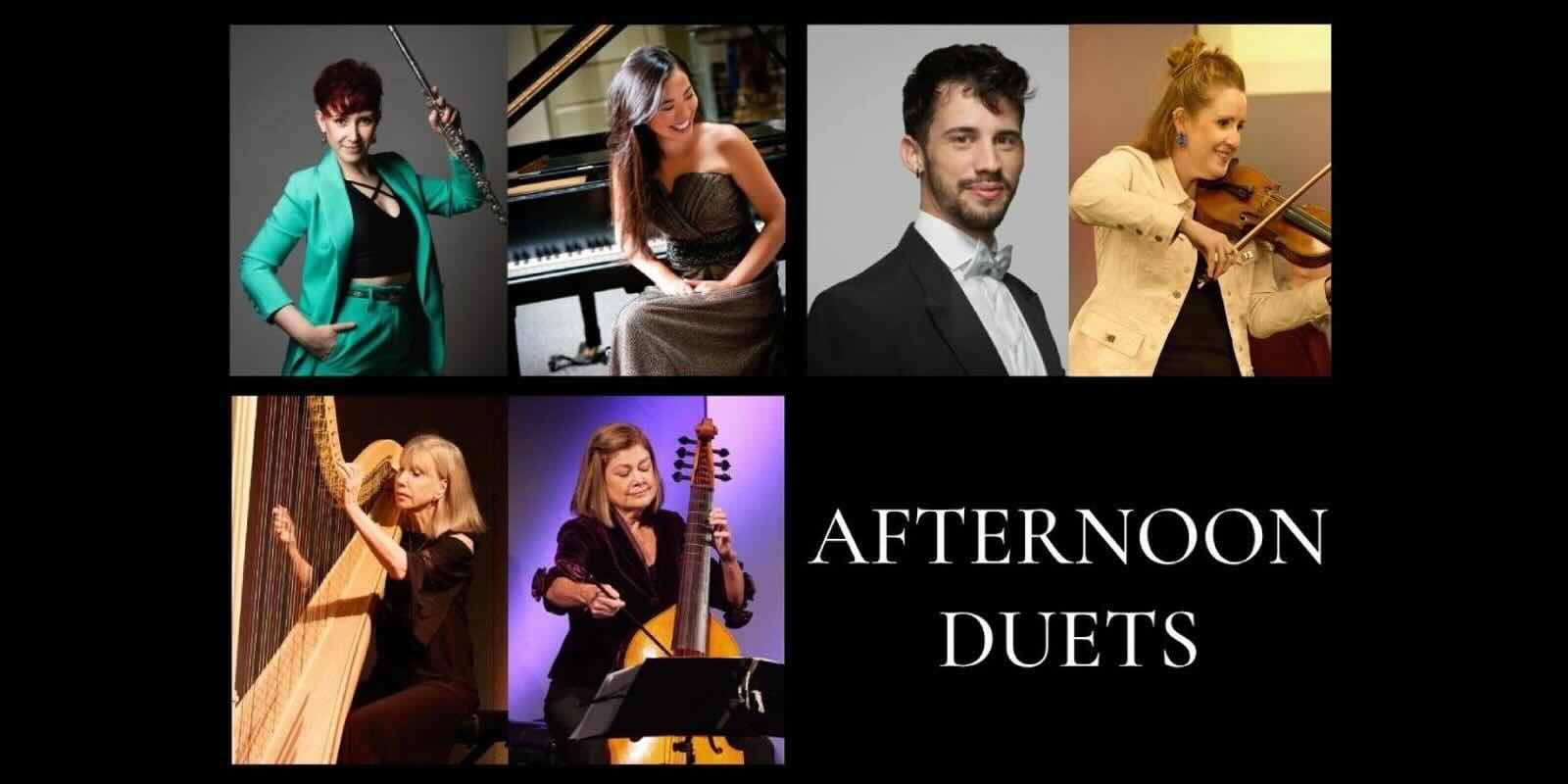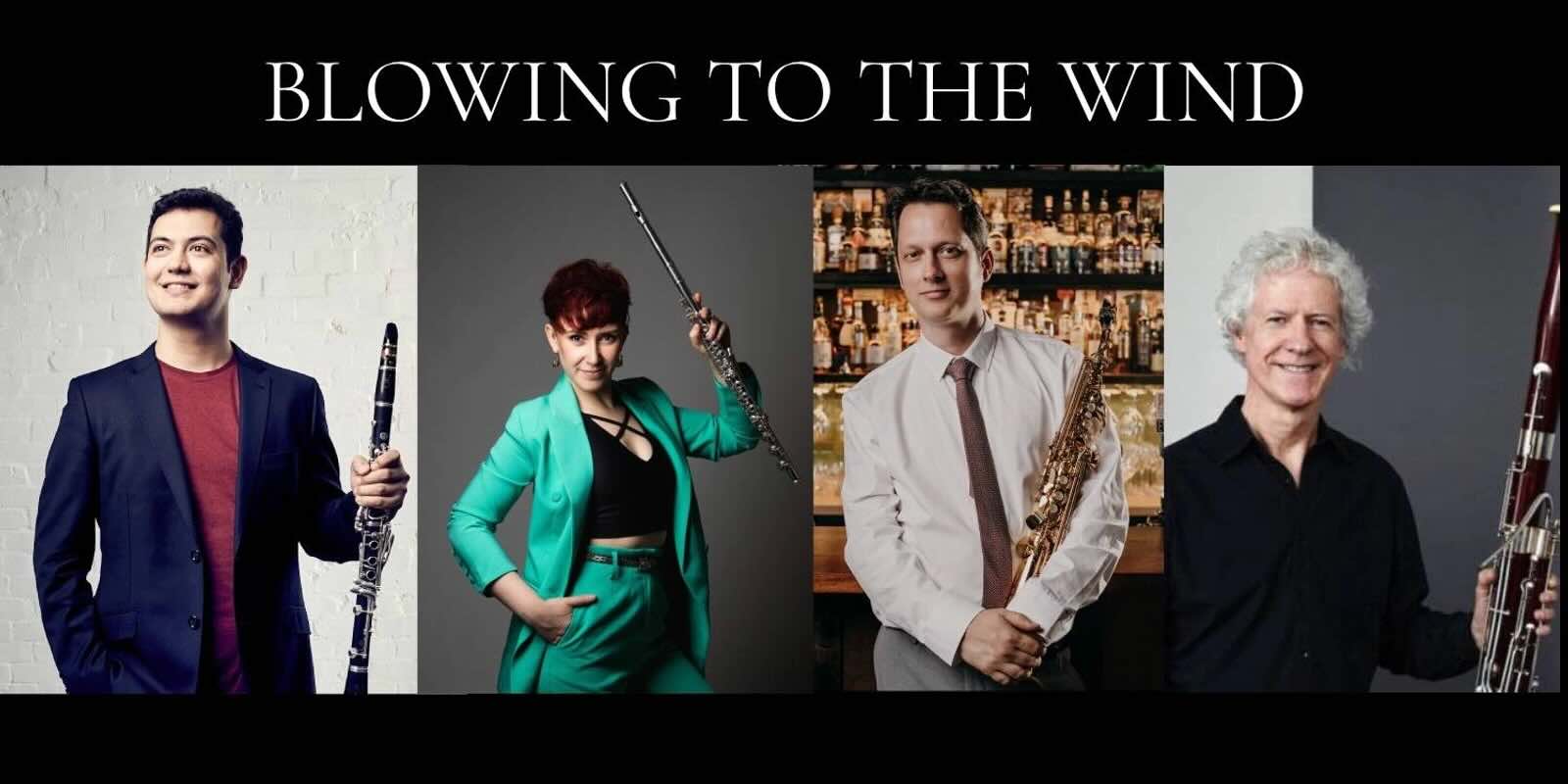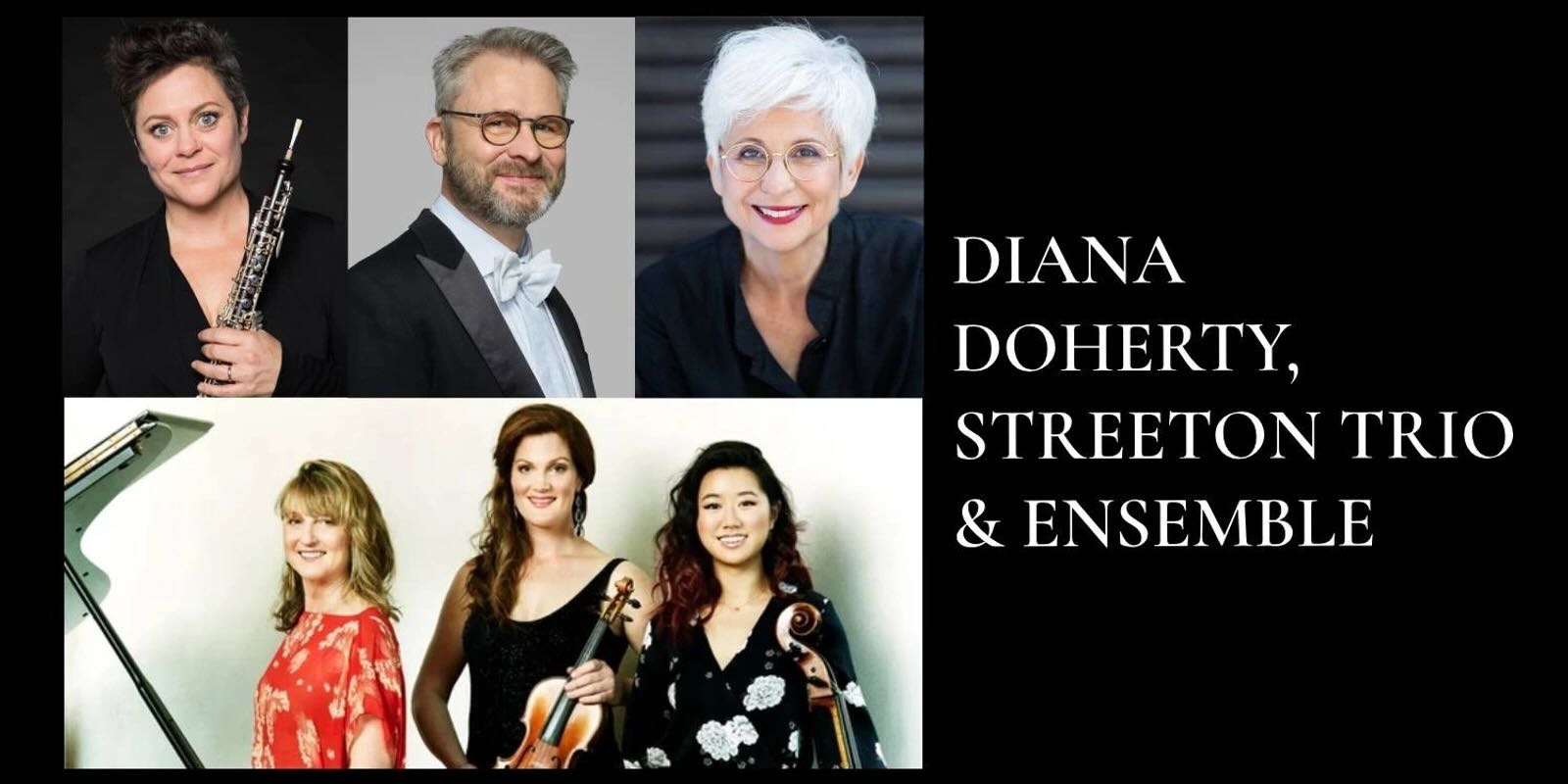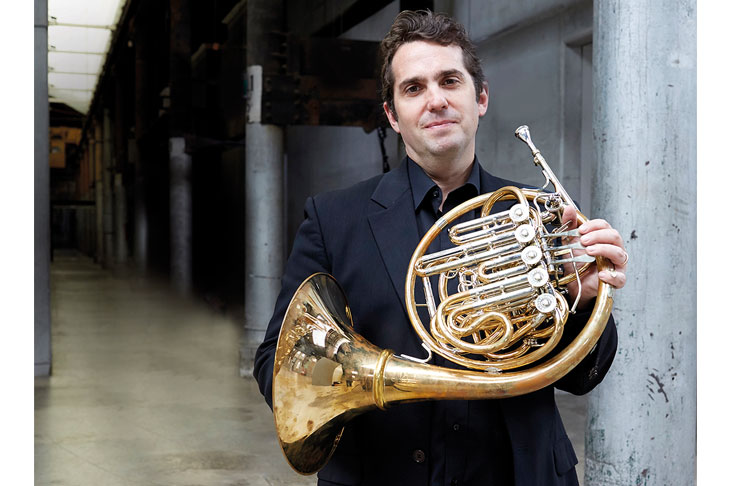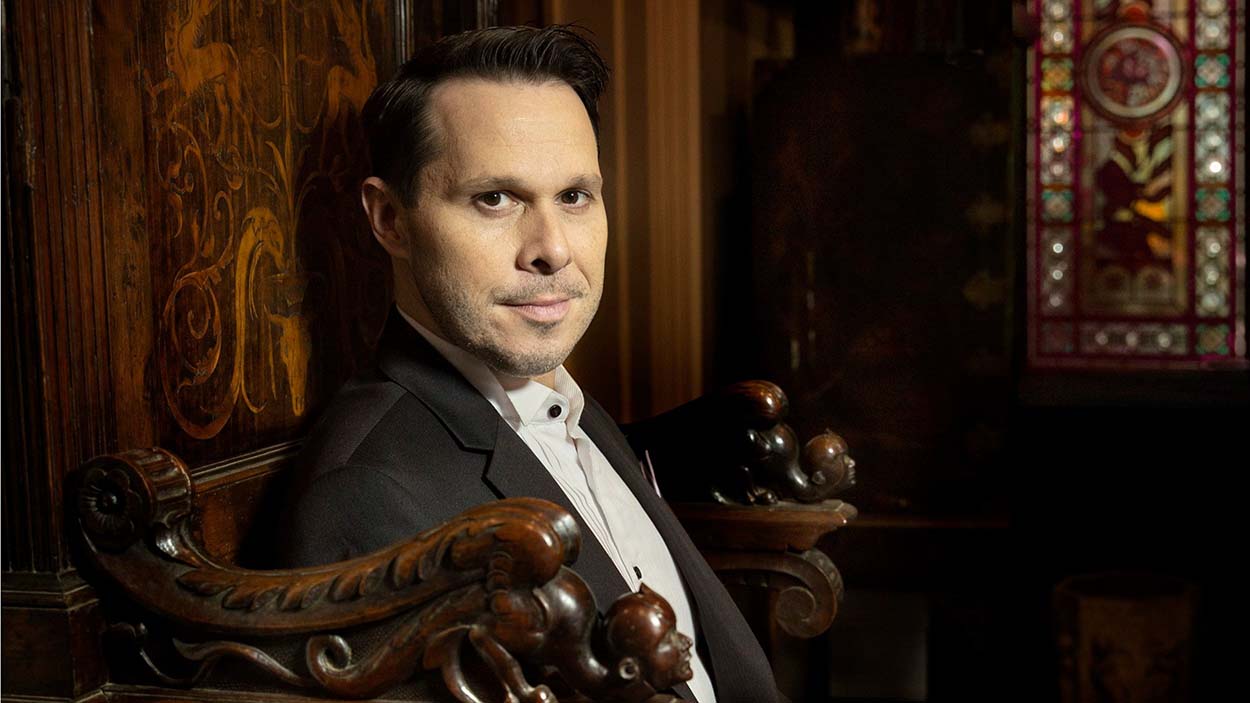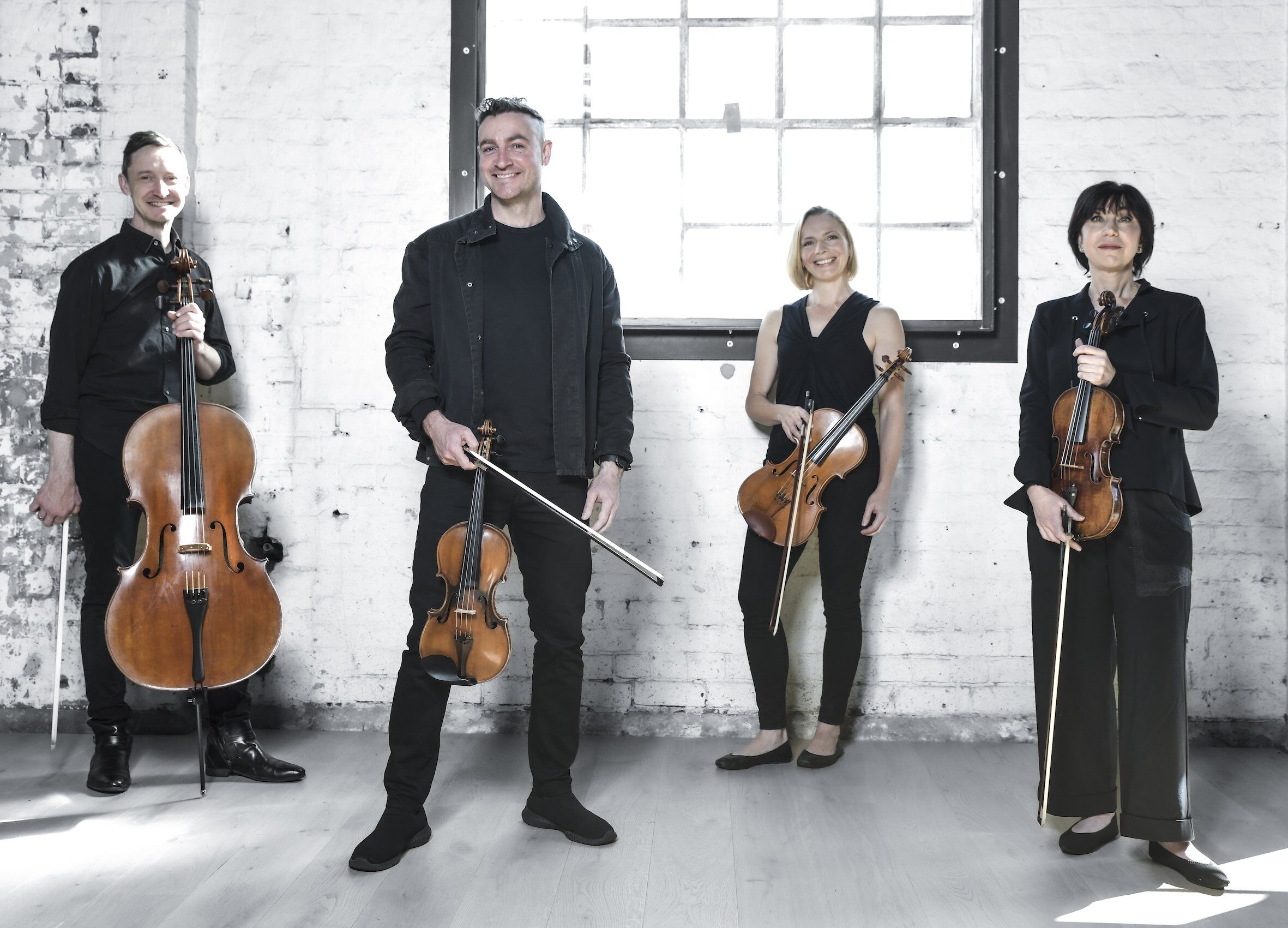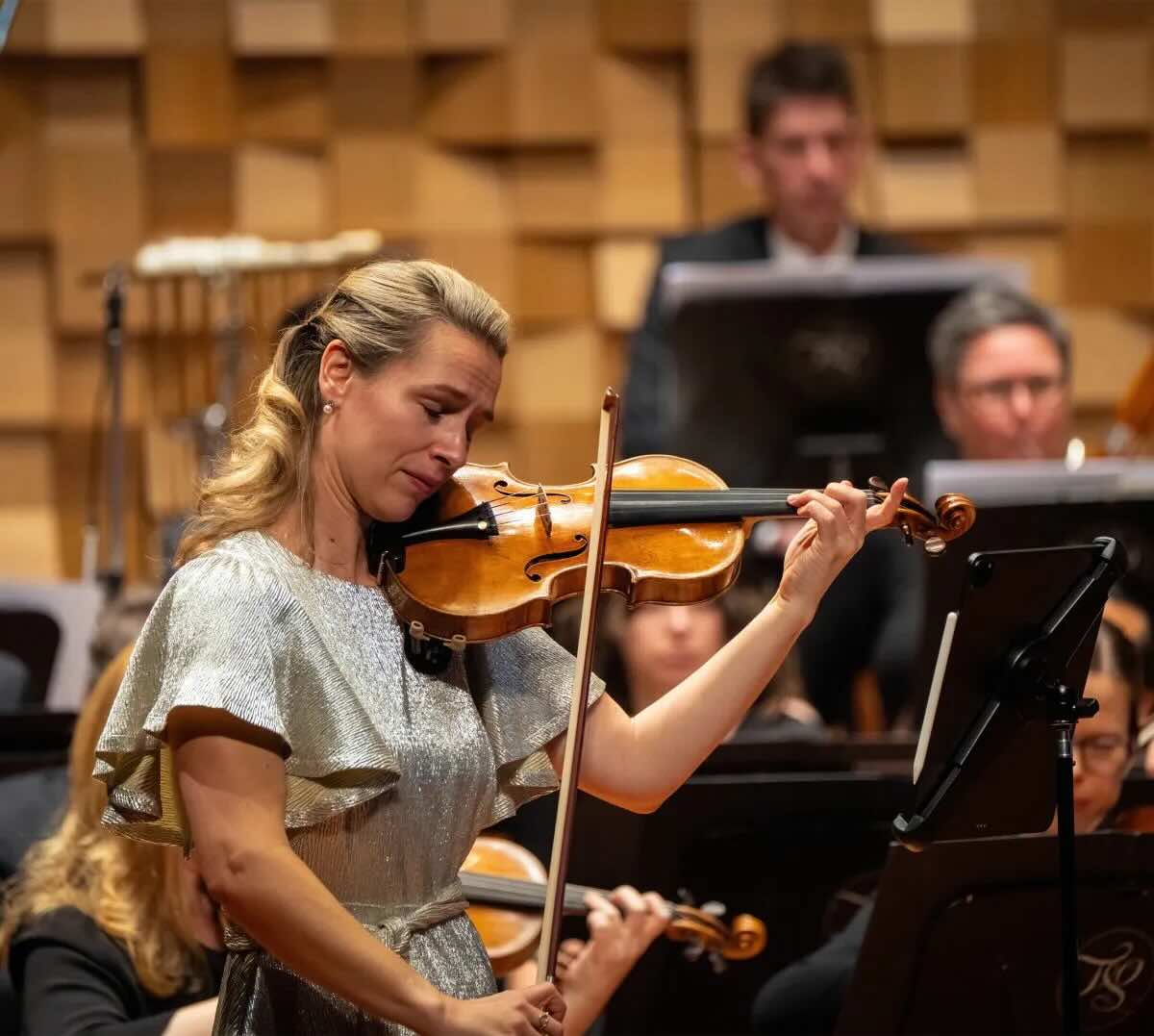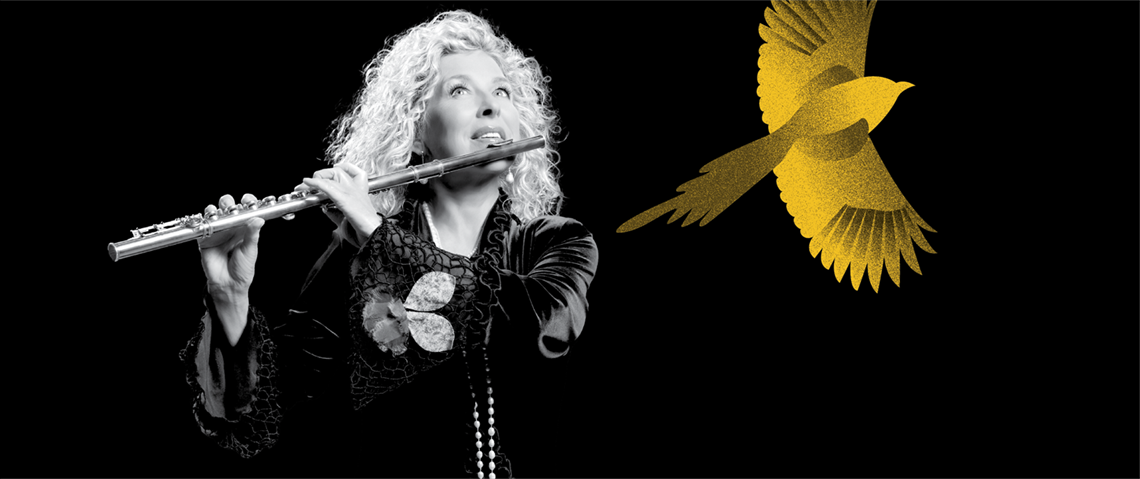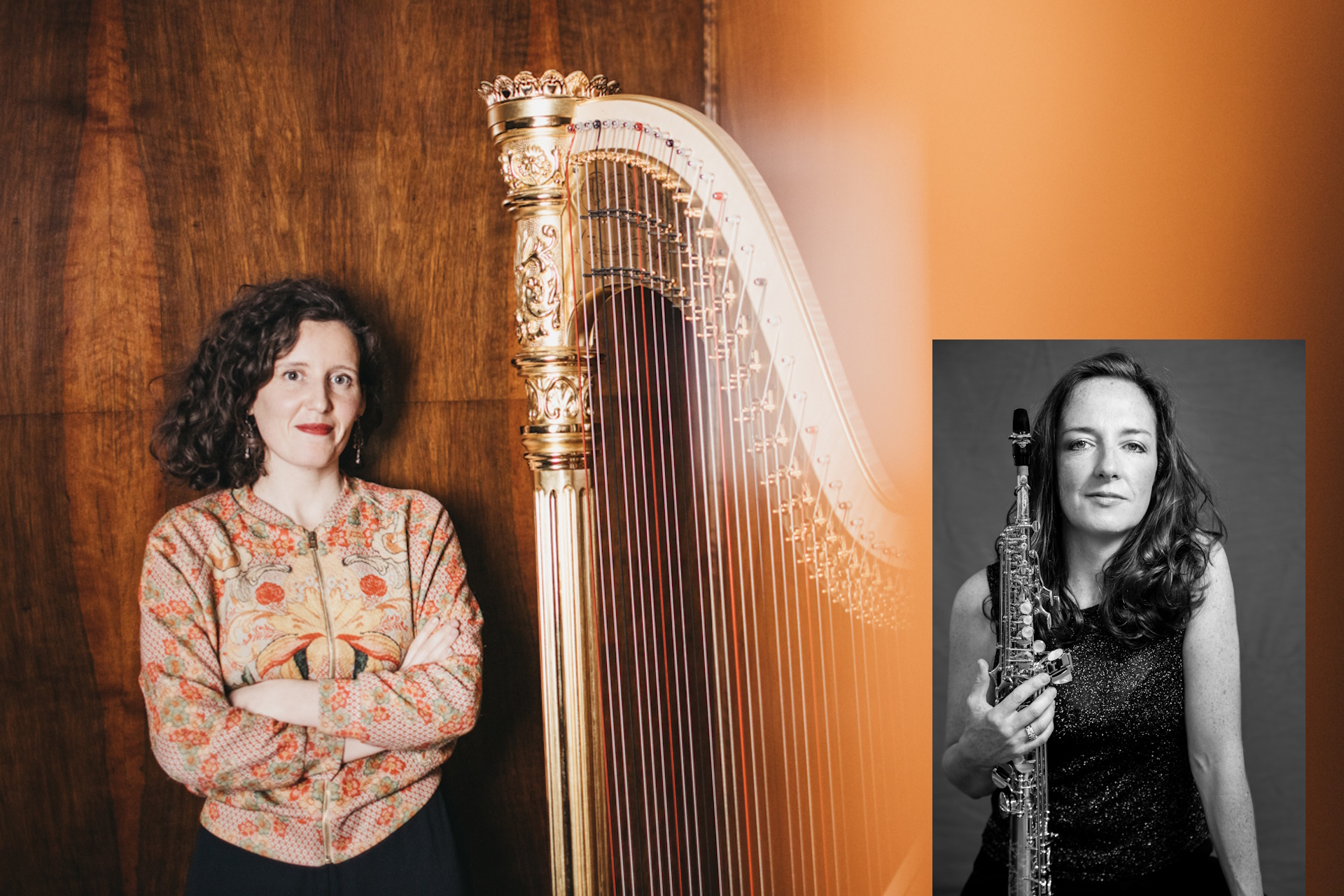Ku-ring-gai Philharmonic Orchestra | Dvorak and Tchaikovsky
March 9, 2025, The Concourse, Chatswood, NSW
The KPO followed the now customary programming by starting the year with a work by a contemporary home-bred composer, namely Harry Sdraulig who has achieved international recognition especially for his Waltzing Matilda variations, commissioned by renowned cellist Yo-Yo Mar. His “Torrent” for orchestra was well-timed to herald the landfall of Cyclone Alfred. Certainly, we were propelled forwards by the rushing of the strings and woodwinds soon to be joined by the brass and percussion. A slower introspective episode containing a dialogue between solo violin and piccolo soon gave way to the frenetic climax. This piece could easily have been written in the fifties – there was great inventiveness and tonality prevailed over discord.
We have Johannes Brahms, a dedicated philanthropist, to thank for Antonin Dvorak’s acceptance by the often tainted and racially prejudiced musical world of the nineteenth century. The Bohemian composer entered for several prizes in Europe and it was not until 1874 that he was successful, winning the prestigious Austrian composition prize largely due to the influence of Brahms who was on the jury for the first time. Dvorak’s fame then spread rapidly with visits to England and then the USA. It was in the States in the early 1890’s that he composed his cello concerto, but it was conceived in his homeland and has none of the American influences found in, for instance, his ninth symphony. It is a superbly conceived work containing starkly contrasting themes and interplay with the orchestra. Lasting themes abound and are developed cleverly – the Adagio, based on an original song of the composer, is particularly moving while the coda is immensely powerful. When Brahms heard it, he promptly rushed off and composed his violin and cello concerto.

Soloist Hyung Suk Bae’s style was admirably suited to this Concerto – he followed the intonations to the letter and entered into the Bohemian spirit of the work with inflexions yet superb accuracy. Korean born, he has played in the Carnegie Hall and Lincoln centre and is principal cellist of the Queensland Symphony Orchestra as well as University educator.
It is well-known that Tchaikovsky was not accepted by the influential group of “five”, the reason stated being that his music was not Russian enough. Certainly his music does not have the Slavonic intonations of say Rimsky-Korsakov or Borodin but one might as well say that Beethoven’s music is not German enough! Perhaps jealousy of his rapid rise to fame and the acceptance of his music in Western Europe was a factor.
Whatever, his 5th Symphony in E minor is an immensely dramatic and powerful work with a plethora of enduring themes developed brilliantly and swapped between the movements. The orchestra rarely has time to pause for breath and the false coda in the Finale adds a touch of humour. There is no sign of the tragedy soon to overtake him.
Of course the KPO had to be at its best and it was under the baton of Paul Terracini. Difficult horn entries were handled with aplomb, strings were accurate and expressive, above all a very difficult dialogue between bassoons and clarinets in the finale of the symphony was faultless.



